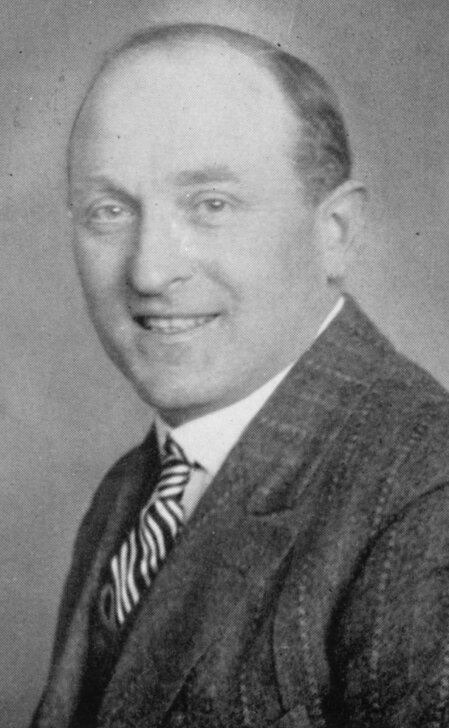Anthony Fokker

Anthony Herman Gerhard Fokker was born on April 6th, 1890, at Blitar, Kediri, in Java (Indonesia). His father was the owner of a coffee plantation. In August 1894, the family Fokker returned to Haarlem in The Netherlands. There, Anthony went to school. This was a punishment for him, and he did not finish High School. He invented a punctureless motor-tyre cycle. But unfortunately, there was already a French patent for a device like that.
He went to a school for a course in automobile engineering in Bingen, Germany, in 1910. This course could not learn him much, so he went to a school in Zahlbach where building and flying of aeroplanes was taught. There an aeroplane was build, which crashed during the first trial flight. After that, Anthony Fokker designed his first aeroplane, the so called ‘Spin’ (Spider), which was built by Jacob Goedecker. It was named like that, because of the large number of bracing wires. On June 7, 1911 he got his pilot license. He started a factory and flying school at Johannisthal near Berlin, which he left in 1913 for Schwerin. There he stayed during the First World War, building aeroplanes for the German Air Arm.
After the war, he went to Holland, taking with him a large number of tools, materials and complete aircraft, with which he started the ‘N.V. Nederlandsche Vliegtuigenfabriek Fokker’ in Amsterdam. There, large number of military and civil aircraft were build, like the C.V-series of reconnaissance aircraft,and F.VII series of passenger aircraft. Fokker was successfull all over the world, and a large number of record flights were flown with Fokker aircraft. Anthony Fokker went to the USA at this time, and started a factory over there.
At the beginning of the 1930’s, Fokker was still building aeroplanes based on a steel tube frame with fabric covering. In the USA, Douglas and Boeing started with the all-metal construction, which proved a great success. Fokker was losing ground, and he was overshadowed by others. Only at the end of the 1930’s, with the threat of a new war, large numbers of aircraft were build again for the Dutch Air Force and Navy.
On December 23rd, 1939, Anthony Fokker died in New York at the age of forty-nine years, from an infection after a nose operation.
Reinhold Platz

A person, close connected to the pre 1930 era of the Fokker company was Reinhold Platz. He was born january 16th, 1886 at Cottbus in the province of Brandenburg. Being a welder of profession, he went to Fokker at Johannisthal in 1912, and built the first welded steel tube ‘Spin’ fuselage.
After the death of Martin Kreutzer in 1916, Fokker’s designer of the D.I to D.V, he became the chief designer at the Fokker Works at Schwerin. Platz was not an educated designer, like for instance Dr. Hugo Junkers, but neither was Fokker himself. They both were man from the practice, and together they made a strong team. Fokker, who had the ideas, and Platz, who made them work. This was during World War I, a time when things happened fast in aviation. Creating a new design was not always done on paper, at the Fokker Works, and drawings were not always available. For instance, when Albatros had to build D.VII’s under license, they received a D.VII as example, and no drawings.
After the war, Platz worked for Fokker, first at Schwerin, and later at Amsterdam. He stayed there until 1931.
There has been much said about Fokker and Platz. The name of Platz appears only once in Fokker’s autobiography ‘The Flying Dutchman’, and then only as ‘the manager who has been working with me for 15 years’ (translated from the Dutch version). In ‘Fokker, the creative years’, by A.R. Weyl, it is stated that Fokker on purpose held Platz in the background, that Fokker himself had nothing to do with the designs made, like the Dr.I and D.VII. These statements can not be true. As stated above, Fokker and Platz were a team. But, Fokker was the one in charge. When Platz left Fokker in 1931, he ‘had no reason either professionally nor financially to be discontented’, as said by Fokker’s Dutch Manager B. Stephan, and can be read in ‘Fokker, the man and the aircraft’ by H. Hegener.
Reinhold Platz died in Ahrensburg on September 15, 1966